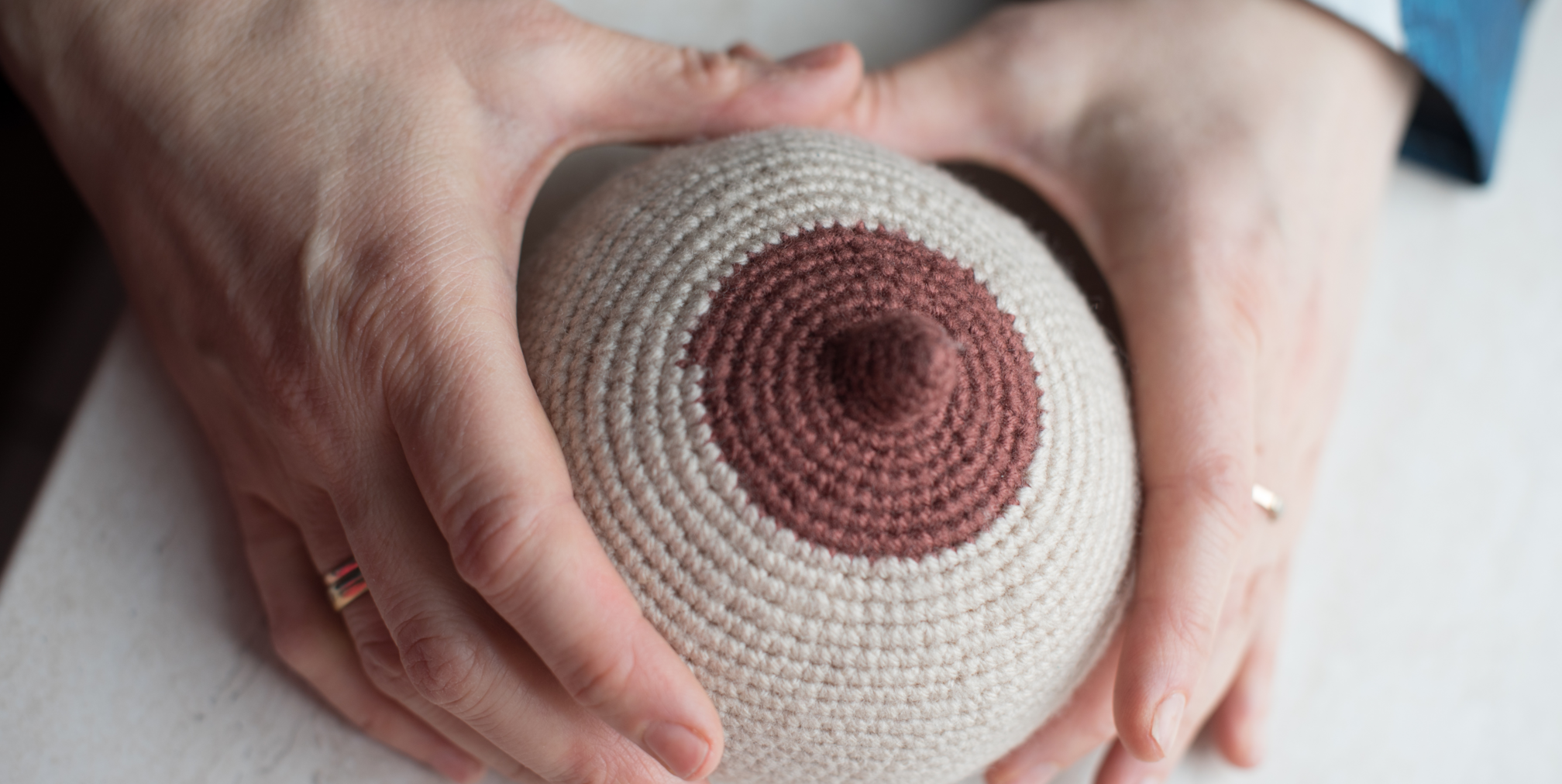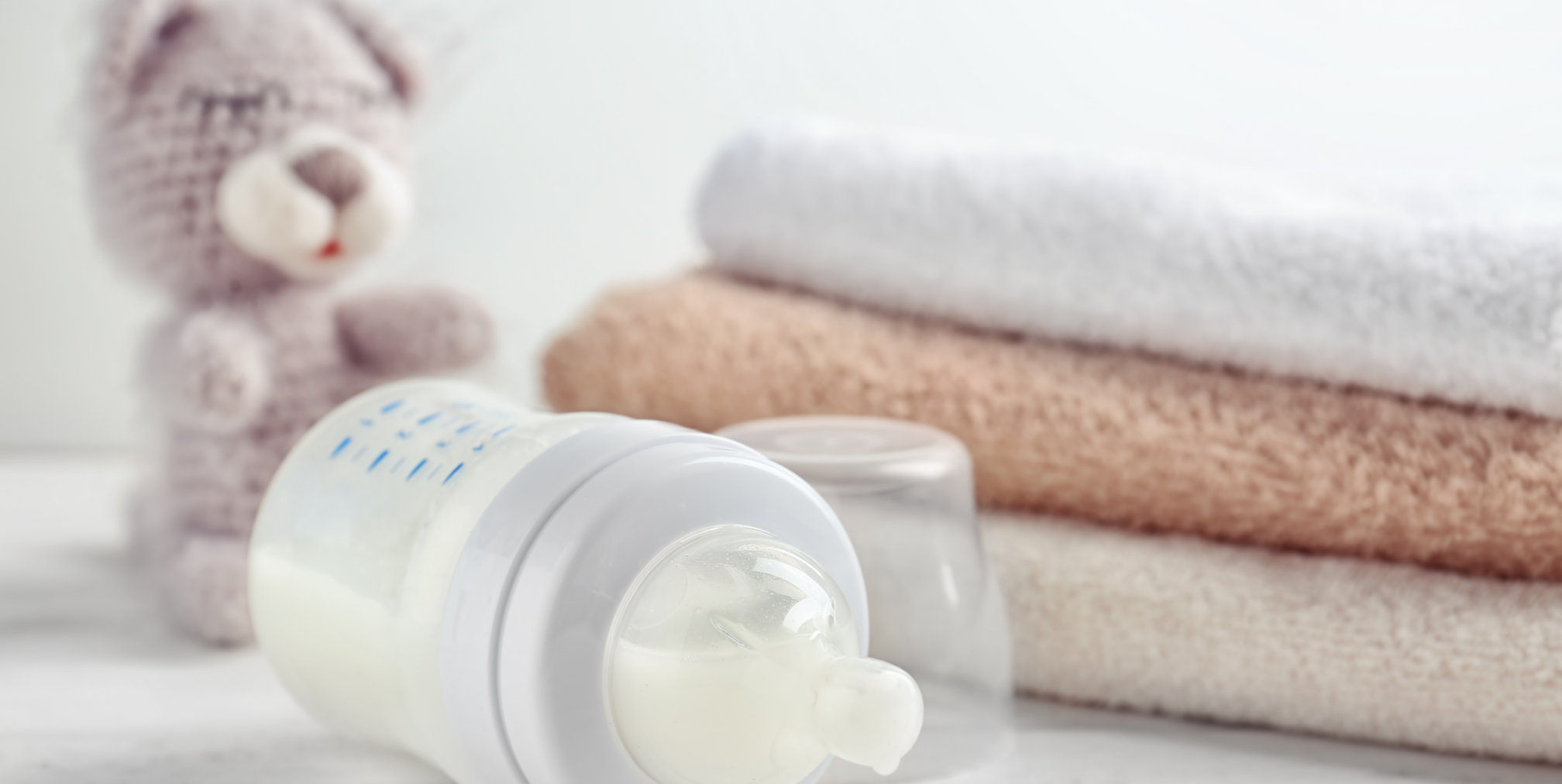There’s a common misconception about breast milk: two types exist – a “good” fatty milk and a less nourishing “watery” milk. This belief fuels the advice to have your baby nurse on one breast for at least 15 minutes to ensure they get the good stuff. Here’s why this approach might not be ideal:
Myth: Fattier, richer milk comes only after 15 minutes.
Reality: Fat content fluctuates throughout a feeding and the day due to:
- Time of Day: Milk tends to be fattier later in the day and at night.
- Feeding Frequency: Shorter gaps between feeds mean fattier milk at the beginning of the next one.
- Milk Production: Fattier milk comes later in a feeding as the breast empties.
So, while fattier milk appears later, other factors influence its availability.

Breast Milk: A Complex Blend
At certain times during a feed, the milk might be lower in fat but it’s still jam-packed with nutrients like antibodies and water-soluble vitamins that are more abundant when fat content is lower. Both foremilk and hindmilk are essential for your baby’s complete nutrition.
Ditch the Clock, Watch Your Baby
Focusing solely on fat content can create unnecessary stress. Here’s why:
- The 15-minute rule lacks scientific backing.
- Your baby is the best judge of their needs. They know how to regulate fat intake and signal when they want to switch breasts.
- Forcing a 15-minute feeding can inhibit your baby’s ability to have non-nutritive sucking (when no milk is coming out). Non-nutritive sucking is very important for digestion and milk production.
Flexible Feeding for Happy Babies
- Baby Boss: Let your baby feed on one side until they self unlatch or fall asleep and stop sucking. then try to offer the other breast.
- Frequent latching is normal, especially in the afternoons. This coincides with higher fat levels in your milk.
- Don’t hesitate to offer both breasts. If your baby disconnects and wants the other side, it might be the right time for a fuller breast.
- Relax and enjoy feeding time. Watch your baby or catch up on your favorite show – forget about the clock.

Exceptions and Concerns
While this information applies to most cases, there might be situations requiring professional guidance:
If your baby shows signs of insufficient weight gain or prolonged gas pain, consult a lactation consultant or pediatrician. They can assess if feeding patterns need adjustment.
Focus on What Matters
If your baby is healthy and meeting developmental milestones, don’t worry about fat content. Relax, enjoy those precious feeding moments, and treat yourself to a nutritious snack – you deserve it!







